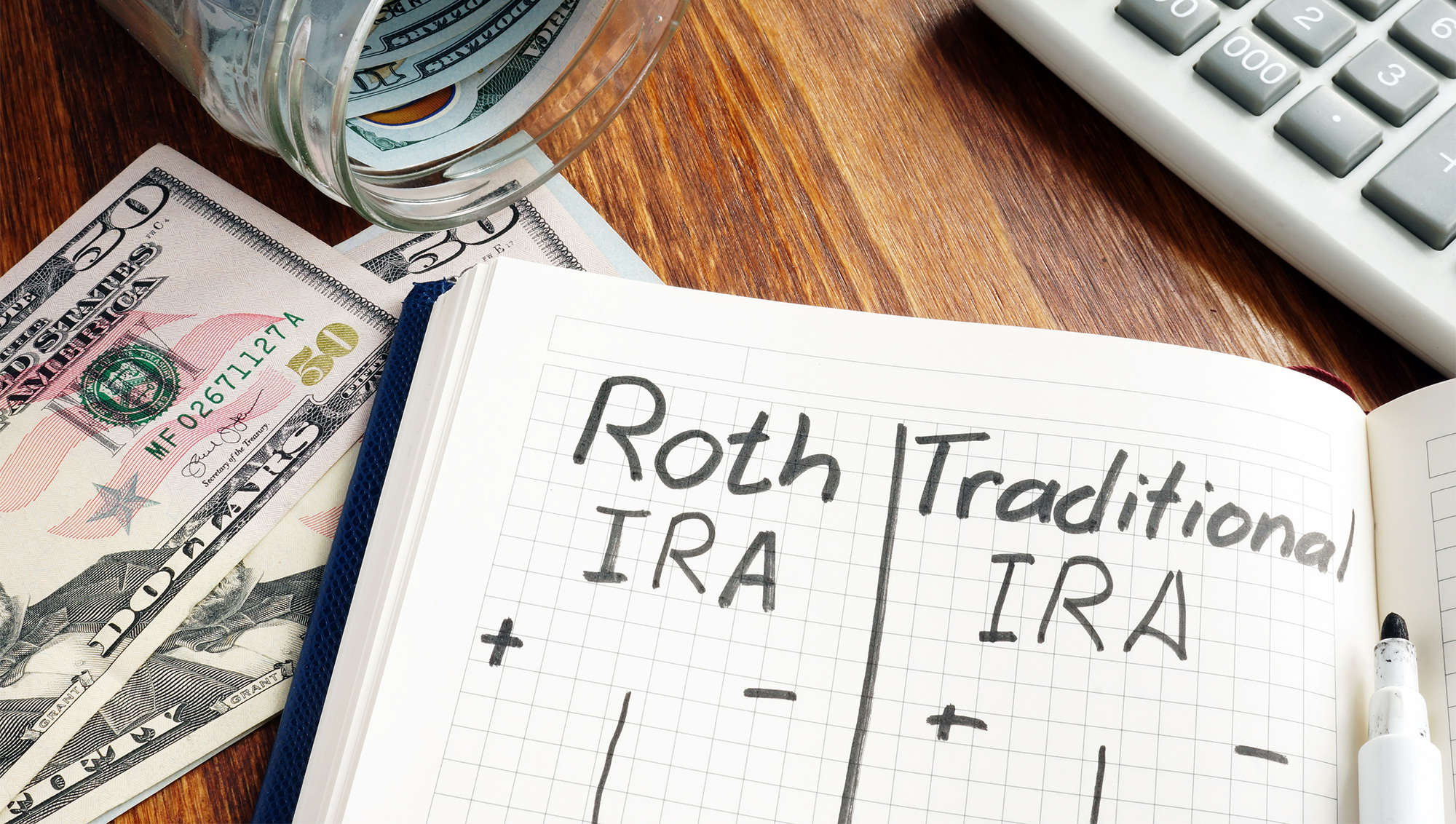I often get questions on ROTH contributions and how they work, who they work for, and which is better to contribute to – a traditional or ROTH IRA. There is a lot to be said about ROTHs. Below is a brief summary.

Named after former Delaware Senator William Roth Jr., the ROTH IRA was established by the Taxpayer Relief Act of 1997, followed by the ROTH 401(k) several years later.
A ROTH contribution is an after-tax contribution from earned income to an Individual Retirement Account (IRA) or company-sponsored retirement plan, such as a 401(k) or 403(b). The funds deposited into the account have already been taxed by the federal and state (if applicable) governments, whereas a contribution to a traditional IRA or retirement plan has not.
The growth in the ROTH account grows tax free, which is a major bonus for this type of account. Unlike a traditional IRA or retirement plan, the growth along with the contributions are taxed when withdrawn.
Contributions from ROTH accounts may be withdrawn tax free and penalty free for any reason at any time. The earnings, however, follow a five-year holding period rule. The five-year clock starts when the first contribution is made to the ROTH account. In addition, if a distribution is taken that includes earnings, a 10 percent penalty will apply to that portion of the withdrawal unless you are 59 ½ years old, disabled, or using the funds for a first-time home purchase.
Not everyone is eligible to contribute directly to a ROTH IRA. Your modified adjusted gross income (MAGI) must fall below specified limits set by the IRS every year. If your MAGI is too high, you may want to consider a backdoor ROTH IRA strategy.
A backdoor ROTH IRA contribution entails a few steps and guidelines to follow to avoid additional penalties. You will owe taxes when converting to a ROTH IRA. It’s important to work with a financial professional when implementing a ROTH conversion to ensure it is executed properly.
Although employer-sponsored plans offering ROTH contributions do not have MAGI limitations, everyone’s situation is different. If your earning potential is set to grow in the future, paying taxes now on contributions may make sense. On the other hand, converting some of your pretax contributions each year will start the five-year clock and provide tax-free distributions in retirement.
There is a lot to consider when exploring retirement contributions, including careful planning and budgeting. As a rule of thumb, it’s important to have money in both types of accounts at retirement.
Michele Sarna is a certified financial planner™ practitioner with Beacon Pointe Advisors and can be reached at (760) 932.0930 or msarna@beaconpointe.com.
This is provided for informational purposes only and should not be considered investment, tax, or legal advice or a recommendation to buy or sell any type of investments. Asset Allocation, portfolio diversification, and risk strategies cannot assure or guarantee better performance and cannot eliminate the risk of investment losses. Form ADV contains important information about Beacon Pointe Advisors, LLC, and may be viewed at: www.adviserinfo.sec.gov.











































Comments (0)